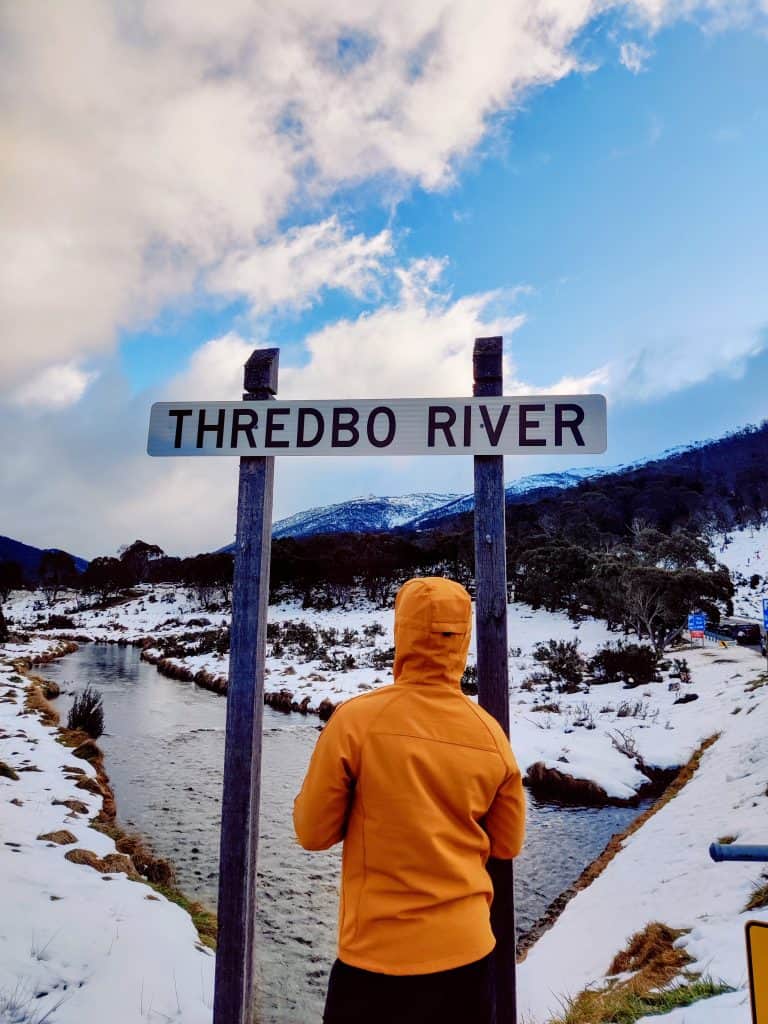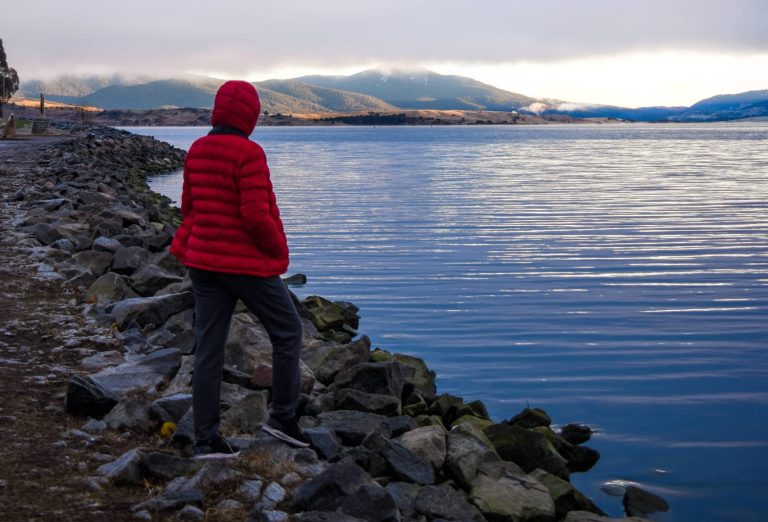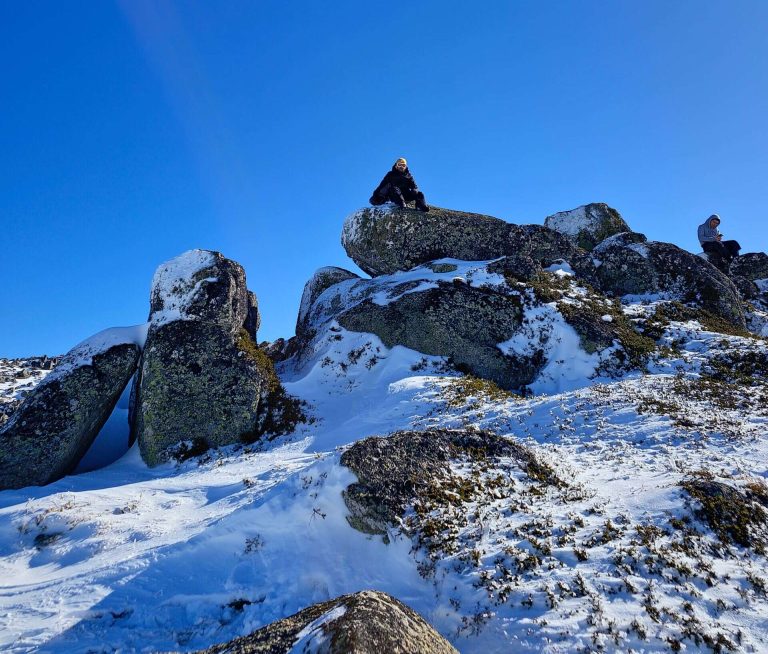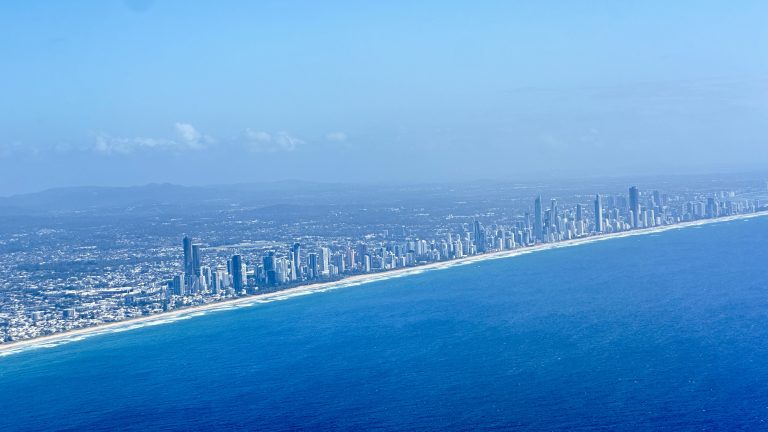15 FUN Things to Do in Uluru (2025 Guide)!

WONDERING WHAT ARE THE MOST FUN THINGS TO DO IN ULURU?
Having just returned from an incredible trip to the Red Centre this June, I can confidently say that no words can truly capture the experience of standing before this iconic rock.
What makes Uluru truly special isn’t just its striking appearance, but the rich cultural experiences and unforgettable adventures it offers. Whether you want to learn about ancient Aboriginal stories passed down through generations, stargaze under some of the world’s clearest skies, try thrilling desert activities, or simply watch one of nature’s most beautiful light shows, Uluru has experiences that will stay with you forever.
So what is there to do besides looking at a Big Red Rock? Here’s your complete guide to the most fun experiences Uluru has to offer!
About Uluru- Why is it So Special
Rising 348 meters above the surrounding desert plains, Uluru is one of the world’s most recognizable natural landmarks. But this sacred monolith is far more than just a stunning geological formation. Uluru holds deep spiritual significance for the Anangu people, who have been the traditional custodians of this land for over 65,000 years.
This UNESCO World Heritage site is dual-listed for both its outstanding natural and cultural values, making it one of only a handful of places worldwide to receive this recognition. The massive sandstone formation extends deep underground, with most of its bulk hidden beneath the surface. What you see above ground is just the tip of an enormous geological iceberg that formed over 550 million years ago.
We recommend visiting the Cultural Centre first to gain insight into the Tjukurpa (traditional law) and understand the protocols for respectful visitation. This will enrich every subsequent experience you have in the area.
IMPORTANT: You’ll need a park pass to enter Uluṟu-Kata Tjuṯa National Park and experience its natural and cultural sites. You can buy it online here and need this for your segway tour as well!
(P.S. Children 18 and under go free!)
Check more information about the National Park Pass here.
Best Time to Visit Uluru
We recommend visiting between May and September, during the cooler winter months. Daytime temperatures are pleasant (you won’t be sweating through every walk), the flies aren’t nearly as aggressive, and the early mornings are actually bearable, which is a win when you’re waking up for sunrise at 6 am instead of 4:30 am.
For fewer crowds and slightly warmer nights, the shoulder months of April, May, August, and September are ideal. September is especially lovely if you’re hoping to spot wildflowers in bloom across the desert; they don’t last long, but they’re worth it.
Summer (roughly November to February) brings scorching temperatures, flash storms, and more flies than you’d ever want to meet. That said, this is when waterholes sometimes fill up and waterfalls appear around Kata Tjuta, which is rare but magical to witness. Just keep in mind that some walks may be closed due to heat or rain.
Fun Things to Do in Uluru
1. Watch a Sunrise and a Sunset in Uluru
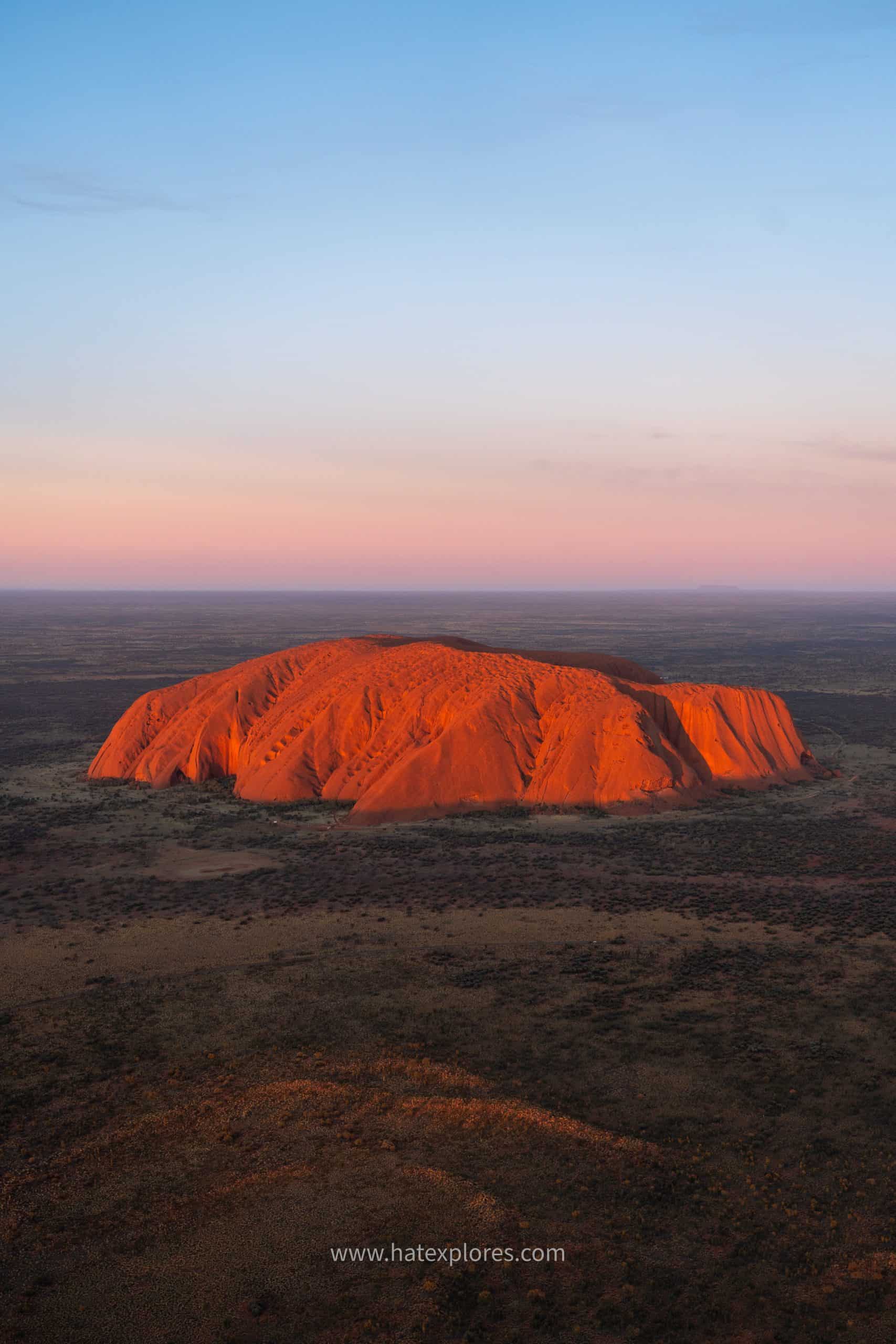
Uluru looks completely different depending on the time of day, and watching a sunrise or sunset here is one of the highlights of any visit. The national park has five official viewing areas designed to give the best angles and lighting for photos and quiet observation.
- Talinguṟu Nyakunytjaku is the main sunrise viewing area, with shelters, raised platforms, and walking tracks. From here, you can see both Uluru and Kata Tjuṯa, and there’s plenty of space to find a quiet spot.
- Uluru Car Sunset Viewing Area is ideal for sunset if you’re self-driving. The rock glows in rich shades of red and orange as the sun sets behind you. If you’re here during a full moon, you might even see the moon rising beside Uluru. You can also visit this area at dawn to catch the silhouette of Uluru against the sunrise.
- Uluru Sunset Bus Viewing Area is accessible to everyone during the day, but becomes bus-only after 4:00 pm. This area offers broad views and a peaceful dune walk. Some tours include drinks and snacks during sunset.
- Kata Tjuṯa Drone Viewing Area, about 35 minutes from Yulara, gives a wider view of the landscape with Kata Tjuṯa in the foreground and Uluru on the distant horizon.
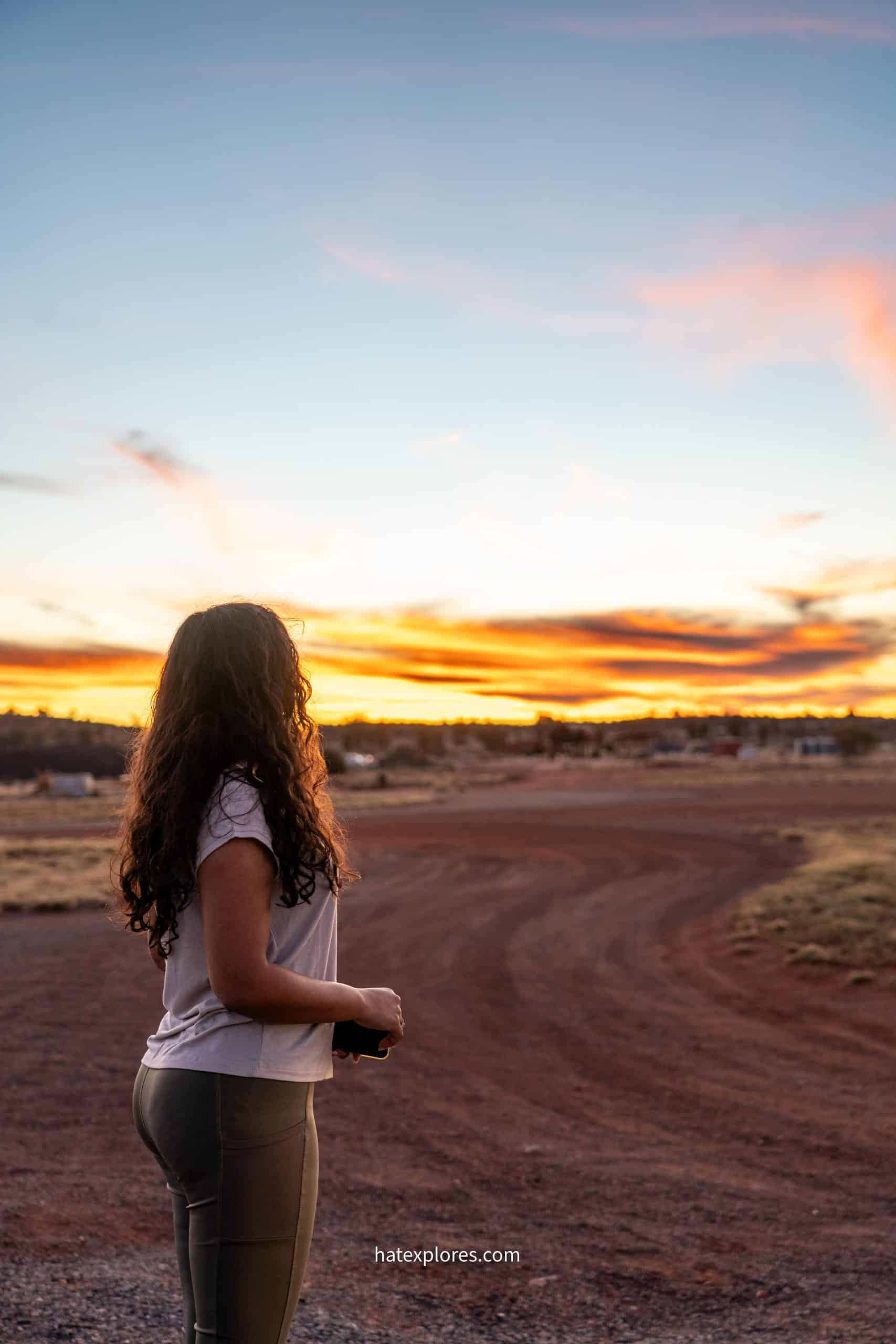
2. Do the Uluru Base Walk and See Its Beauty

The Uluru Base Walk (one of the most tiring yet fun things to do in Uluru) is a 10 km loop that wraps around the entire base of Uluru, giving you a chance to take in the rock’s textures, curves, and hidden features up close. Climbing Uluru is now prohibited out of respect for the Anangu people, the traditional custodians of the land.
Begin your journey at the Mala Carpark and head clockwise. The track winds through diverse terrain: acacia woodlands, claypans dotted with native grasses, stands of bloodwood trees, and peaceful waterholes. Along the way, interpretive signs share the cultural significance of certain sites and tell stories from Anangu culture, adding rich context to what you see.
Here are a few other walks to try in Uluru:
- Lungkaṯa walk
- Mala Walk
- Liru Walk
- Kuniya walk & Muṯitjulu Waterhole
- Watiku walk – Men’s walk
- Minymaku walk – Women’s walk
TIP
The walk can be exhausting, especially during the day, due to the heat and flies. If you have the budget, we recommend booking a guided Uluru Sunrise and Segway Tour instead (more on that ahead). If not, try starting the walk at sunrise when it’s cooler and more comfortable.
3. Soar Around Uluru and Kata Tjuta on a Helicopter Ride
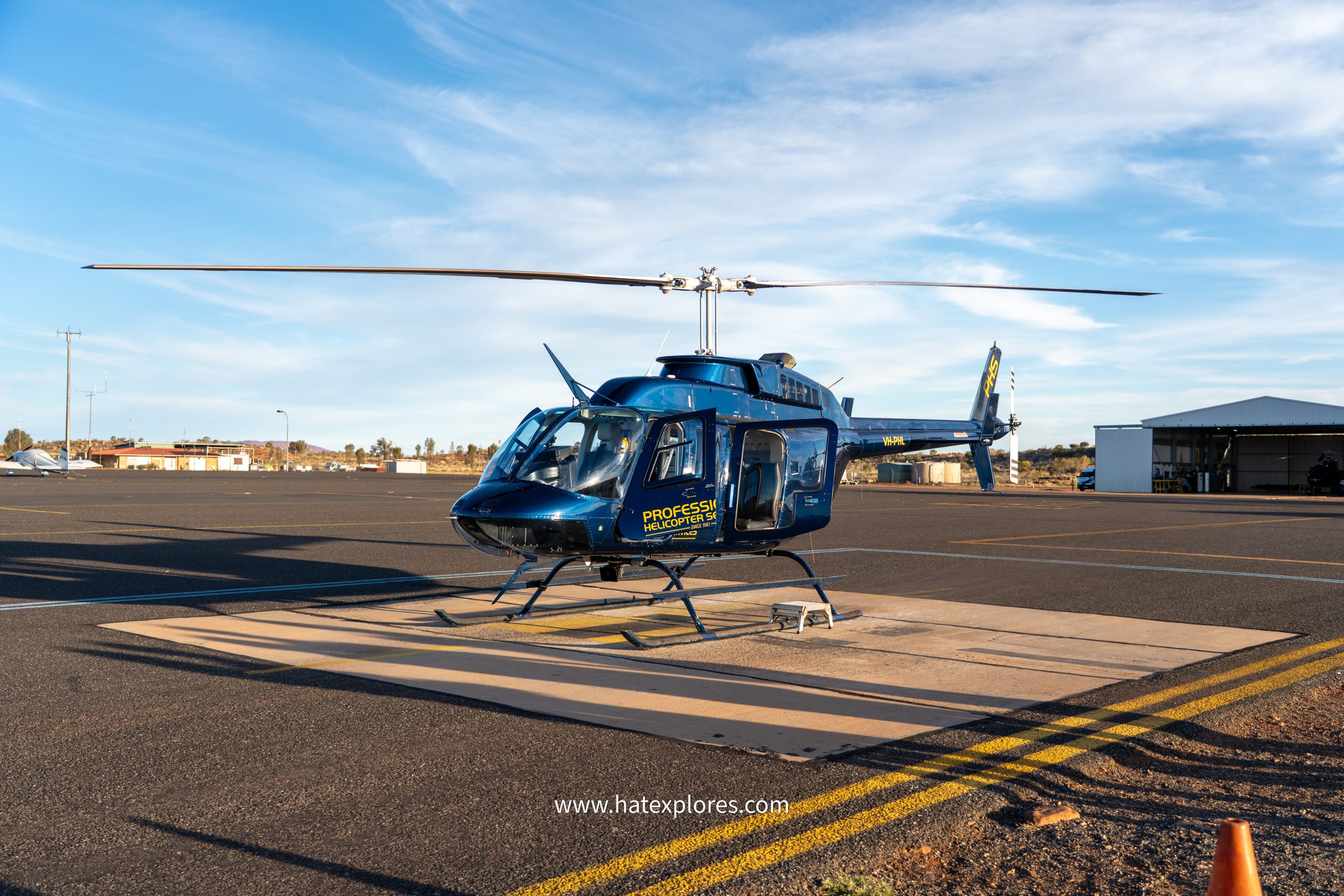

If there’s one experience we absolutely recommend in Uluru, it’s taking a helicopter ride over the Red Centre!
While flights aren’t permitted directly over Uluru out of respect for its cultural significance, the helicopter takes you around it—and trust us, the views are nothing short of breathtaking. There are several flight options available, but the one we chose, and highly recommend, is the 36-minute Sunset Uluru and Kata Tjuta Flight. It strikes a great balance between flight time and experience. During the flight, we even caught sweeping views all the way toward Kings Canyon!
Best Uluru Helicopter Tour
We booked our 36-minute helicopter ride over Uluru and Kata Tjuta with Professional Helicopter Services, one of the oldest tour operators in Australia!
➡️ Check prices and availability here
4. Wander Through the Majestic Domes of Kata Tjuta

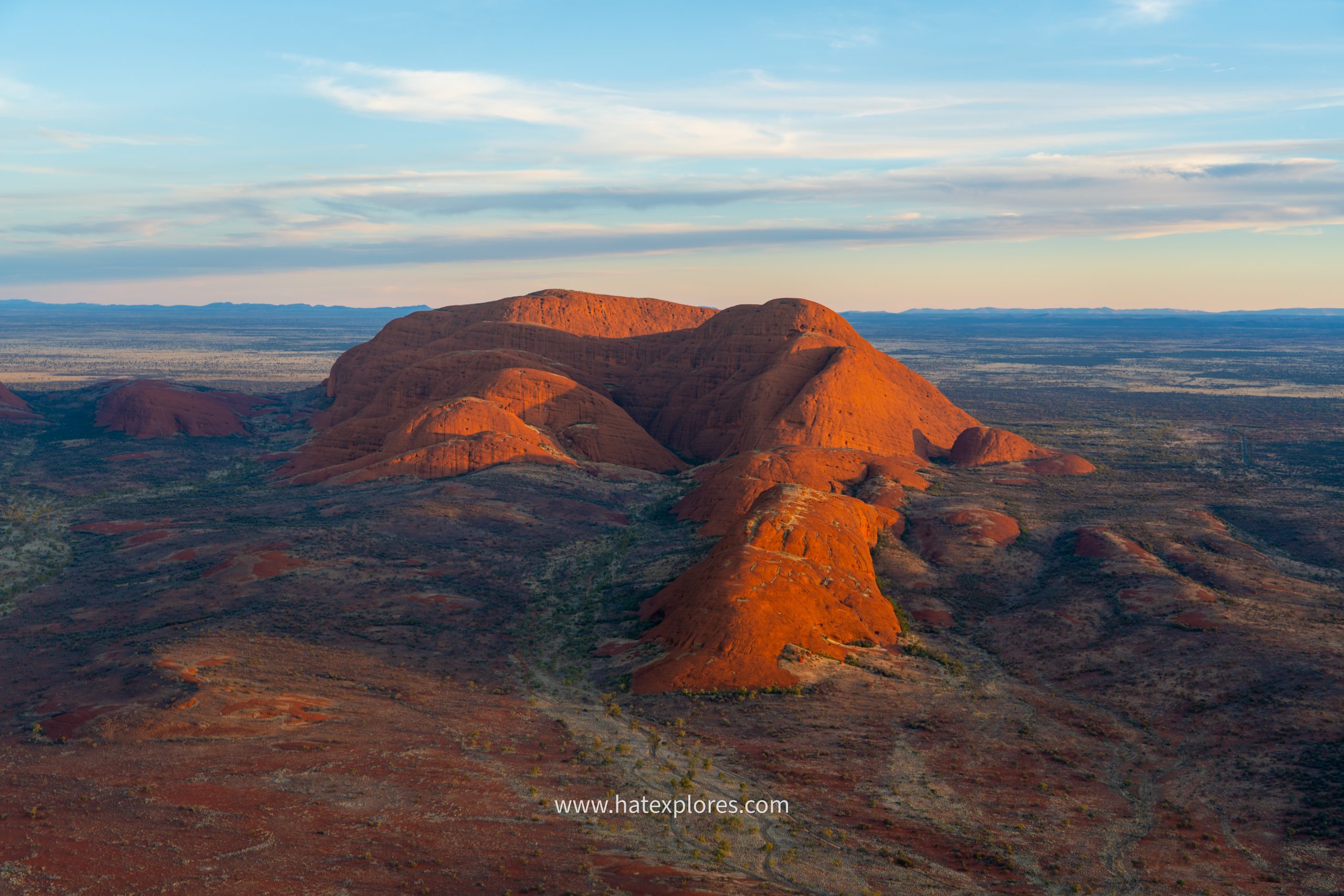
Located 25 kilometers west of Uluru, Kata Tjuta (The Olgas) consists of 36 dome-shaped rock formations that create a completely different but equally spectacular landscape. We recommend dedicating a full morning or afternoon to exploring this site.
The Valley of the Winds walk is the premier hiking experience here. This 7.4-kilometer circuit takes you deep into the heart of Kata Tjuta, winding between towering domes and through narrow valleys. The landscape feels almost otherworldly, with the massive conglomerate rocks creating natural amphitheaters and hidden valleys.
5. Glide Around the Base of Uluru on a Sunrise Segway Tour

If you want to skip the hassle of walking the entire base of Uluru, dodge the outback heat, and glide past those annoying flies, we highly recommend booking a Segway tour, especially at sunrise or sunset!
We did the sunrise Segway tour, and it was absolute bliss. This 5-hour experience included a stunning sunrise, a delicious breakfast, full safety gear, and one of the sweetest, most knowledgeable guides we’ve ever had. For all the details, check out our full review of the Uluru Segway tour.
Sunrise Segway Tour
Glide around the base of Uluru just as the sun rises on a guided Segway tour that includes a stop at Mutitjulu Waterhole. The 1.5-hour experience includes transfers from Ayers Rock Resort and is led by an expert guide who shares insights on the rock and its environment.
➡️ Check prices and availability here
6. Walk Among 50,000 Lights at the Field of Light Installation
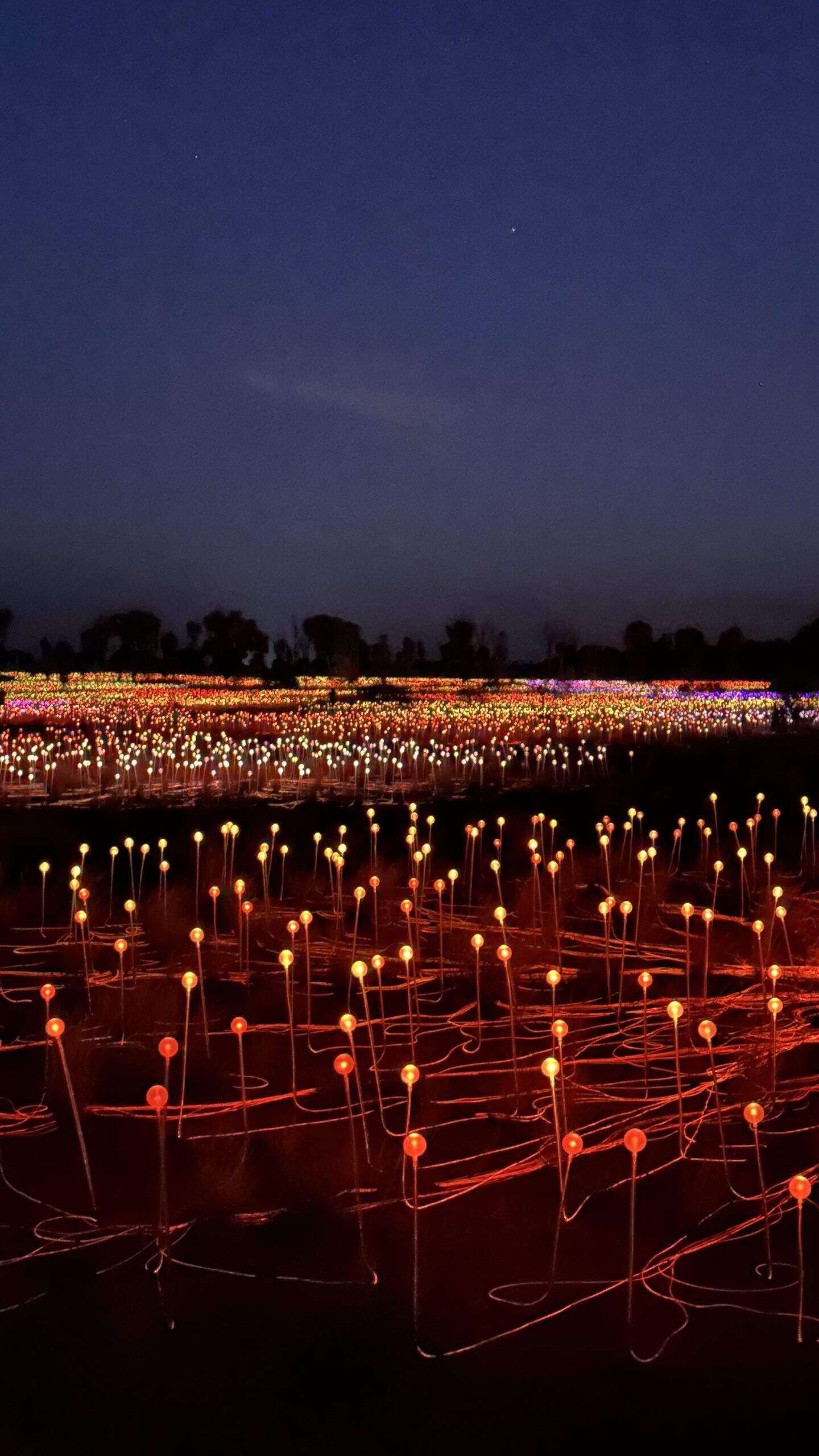
Ready for a crazy start to the day? Bruce Munro’s Field of Light installation is one of the world’s most spectacular art experiences. Covering more than seven football fields, it invites immersion in its fantasy garden of 50,000 spindles of light that slowly change colours!
This installation is known in the local Pitjantjatjara language as Tili Wiru Tjuta Nyakunytjaku (“looking at lots of beautiful lights”), transforms the desert into a glowing dreamscape, and is one of the most fun things to do in Uluru. The solar-powered lights create an ever-changing tapestry of color that responds to the desert environment. Tickets are priced at $355 per adult and $178 per child for the 2025-2026 season!
Field of Lights Sunrise Tour
This must-do 2 hour long tour lets you wander through 50,000 handcrafted light installations, includes pick up and drop off, and hot comforting drinks!
➡️ Check prices and availability here
7. Visit the Cultural Centre
Before heading off on any walks or viewpoints, stop by the Uluru–Kata Tjuta Cultural Centre inside the National Park. It’s a great place to get background on the Anangu people, the traditional owners of the land, and understand why Uluru is such a sacred site. You’ll find information boards, short videos, local artwork, and two Indigenous-owned galleries. P.S. Entry is included with your park pass!
8. Treat Yourself to a Bush-Inspired Feast at Arnguli Grill
Arnguli Grill represents the pinnacle of Red Centre dining, offering contemporary Australian cuisine that celebrates local ingredients and Indigenous flavors. We recommend booking dinner here as a special celebration of your Uluru experience.
The restaurant’s philosophy centers on “bush-to-table” dining, incorporating native ingredients like wattleseed, finger lime, and desert spices.
The menu changes seasonally but consistently features high-quality proteins prepared with Indigenous cooking techniques and paired with locally foraged accompaniments.
The restaurant’s location at Sails in the Desert Hotel provides stunning desert views, making it equally impressive for lunch or dinner. We recommend the degustation menu for the full experience, paired with wines from Australia’s top vineyards!
9. Do a Gentle Camel Ride
Camels and the Australian outback go hand in hand, and a camel ride around Uluru offers a unique perspective on this ancient landscape. These gentle giants provide a peaceful way to explore the area, and the elevated viewpoint gives you a different appreciation for the scale of Uluru.
The sunrise and sunset camel rides are particularly popular, allowing you to witness Uluru’s famous color changes from this unique vantage point.
10. View the Mutijulu Waterhole

As one of the few permanent water sources around Uluṟu, this sacred site holds deep significance for the Anangu people and provides a tranquil counterpoint to your aerial adventure.
The short Kuniya walk from the designated car park leads you directly to the waterhole through surprisingly lush terrain.
The presence of permanent water creates a green oasis against Uluru’s red rock face, with tall grasses and river red gum trees! This microclimate supports wildlife you won’t find elsewhere in the park. Keep an eye out for wallabies grazing among the vegetation, and look for native bush foods like tjantu (bush tomatoes), iḻi (figs), and arnguli (bush plums).
The waterhole holds special cultural importance as a place where Uluru’s Traditional Owners bring distinguished visitors, including members of the British Royal Family and the Dalai Lama.
11. See the Night Sky Like Never Before: Stargazing in the Outback
Uluru’s remote location and minimal light pollution create some of the world’s best stargazing conditions. On a clear night, you can see thousands of stars, the Milky Way stretching across the sky, and even satellites passing overhead. It’s a humbling experience that connects you with the vastness of the universe.
Several tour operators offer stargazing experiences with high-powered telescopes and expert astronomy guides who explain the constellations and their significance in Aboriginal culture. The contrast between the star-filled sky and Uluru’s silhouette is magical!
12. Learn About the Culture of the People of Uluru By Doing the Free Guided Tours
Understanding the cultural significance of Uluru is essential to truly appreciating this sacred site. The free guided walks led by park rangers provide invaluable insights into ancient Dreamtime stories, traditional uses of native plants and animals, and the ongoing spiritual connection between the Anangu people and their ancestral land.
These tours offer a respectful way to learn about the world’s oldest continuous culture while exploring different areas around Uluru’s base. The guides share stories that have been passed down through 60,000 years of oral tradition.
13. Hike the Valley of the Winds
The Valley of the Winds walk at Kata Tjuta ranks among Australia’s most spectacular hiking experiences. This challenging 7.4-kilometer circuit takes you deep into the heart of the rock formation, revealing hidden valleys and towering cliff faces invisible from the access road.
The trail winds between massive conglomerate domes, each composed of different rock types cemented together over millions of years. The geological diversity creates unique microenvironments, with each valley supporting different plant communities adapted to specific moisture and light conditions.
Two lookouts provide rest stops and spectacular photography opportunities. The first lookout (2.2km from the start) offers panoramic views back toward Uluru, while the second lookout deep in the valley provides an intimate view of the towering rock walls surrounding you.
14. Do the Kings Creek Walk
Located in Watarrka National Park, approximately 300 kilometers from Uluru, Kings Creek Walk offers one of the Red Centre’s most rewarding hiking challenges.
The walk descends into Kings Creek, where you’ll see a permanent waterhole surrounded by towering sandstone cliffs. This oasis supports diverse plant and animal life, including rare palm species that have survived here since the area was a tropical rainforest millions of years ago.
15. Explore the Beauty of Rugged Walpa Gorge
For less active people, we recommend hiking Walpa Gorge! This 2.6-kilometer return journey follows a creek bed into a sheltered gorge between two of Kata Tjuta’s tallest domes.
The walk showcases the area’s unique ecology, with ghost gums and native grasses thriving in the gorge’s protected environment. Permanent water sources support diverse wildlife, and you might encounter rock wallabies, numerous bird species, and unique desert plants found nowhere else.
The gorge provides natural air conditioning, remaining significantly cooler than surrounding areas even during hot weather.
How to Get To Uluru
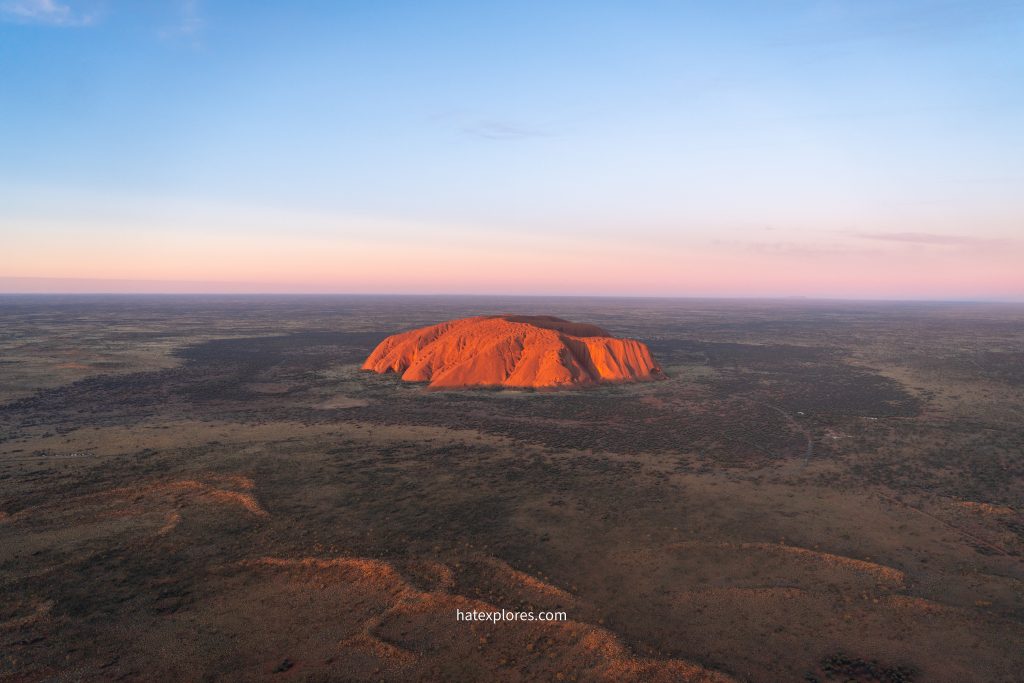
The easiest way to reach Uluru is by flying into Ayers Rock/Connellan Airport (AYQ), located in the resort town of Yulara. Direct flights are available from major Australian cities including Sydney, Melbourne, Brisbane, and Cairns. We flew from Sydney with Jetstar and arrived in just under 3 hours.
If you’re coming from another city or internationally, your flight may connect through one of these hubs. Airlines servicing Uluru include Qantas, Virgin Australia, and Jetstar.
Where to Stay in Uluru
All accommodation near Uluru is located in Yulara, within the Ayers Rock Resort complex. You won’t find hotels scattered across the park — everything is based in this one central hub, just 10–15 minutes from the base of Uluru. The setting is stunning, but a heads-up: prices tend to be steep, especially during peak season.
Based on our research and experience, here are the top picks depending on your budget:
- Budget: Outback Pioneer Hotel – Basic, comfortable, and the most affordable option in the area. There’s also a shared kitchen and bar if you want to save on meals.
- Mid-range: The Lost Camel Hotel – Quirky, modern, and very central. A great pick if you’re after something simple but stylish.
- Luxury: Sails in the Desert – This is where we stayed, and it was hands-down worth the splurge. The rooms are spacious, the pool is perfect after long walks, and the entire vibe feels like a desert oasis.
Fun Things to Do in Uluru: FAQs
Now that you have a better understanding of the things to do in Uluru, let’s get into some faqs!
Is Uluru Worth Visiting?
Yes! Seeing Uluru in person is an entirely different experience from anything you’ll get through photos. The size of the rock is massive, and the way it changes colour throughout the day is something that stays with you. The area is also home to a rich Aboriginal history that’s well presented at the Cultural Centre and throughout the walks. If you’re interested in iconic Australian landscapes and want to see something that feels truly unique to this part of the world, Uluru is worth making the trip for.
How Long Should You Spend in Uluru?
We recommend spending three days in Uluru. One full day will cover the major highlights — the sunrise, base walk, Cultural Centre, and sunset — but if you want to visit Kata Tjuta, take your time with the walks, or avoid cramming everything into one day, a second or third day makes a big difference. We stayed for three nights, which gave us enough time to explore comfortably, take breaks when it got too hot, and enjoy everything without rushing.
What is the Best Thing About Uluru?
The changing colours of the rock at sunrise and sunset are easily the most striking part of the visit.
Watching Uluru shift from deep reds to golds and purples as the light changes is something you really need to see in person to appreciate. If you’re planning your day around anything, make sure it’s that early morning or golden hour view!
Best Things to Do in Uluru: Wrap-Up
That’s a wrap on our list of fun things to do in Uluru! It is truly magical to visit such a culturally meaningful place in Australia, and we highly recommend planning a trip here!
Have any suggestions or questions? Drop your message on our Instagram!


